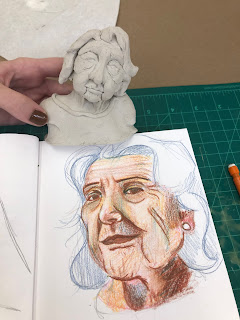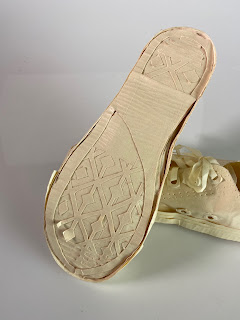America
India
Research:
In India, there is a stigma against putting the elderly in nursing homes. It is expected for grandparents to live with their families in their home, and for their children to reciprocate the care they gave to them. Grandparents are considered the head of the family and even at an old age they make the important decisions. In villages, extended families care for each other, so responsibility for taking care of aged parents does not only fall on their children. To Indian society, being put in a nursing home means that there is no one who loves or cares for this person. Some even view them as equal to orphanages.
[https://www.idealismprevails.at/en/the-stigma-around-old-age-homes-in-india/]
Villages such as Shani Shingnapur--where this house is located--have no doors or locks. Villagers believe they are protected by a 300-year old rock slab that washed ashore. This further emphasizes the communal mentality of Indian culture. They trust their neighbors to watch over their doorless houses when they go away. People come in and out and are welcome at all times of day. I chose to paint India's base after this home, to represent this concept of an entire community caring for the elderly.
[https://www.bbc.com/travel/article/20160526-the-village-with-no-locks-or-doors]
In America, it is commonplace for the elderly to be put in nursing homes for the remainder of their lives. This does not have the same stigma here as it does in India. Many people are unable to care for their aging parents, so putting them in a facility is not deemed abandonment. Data shows that the number of elderly placed in nursing homes will rise as time goes on. By 2030, it is expected that 3.85 of 77 million baby boomers will be put in nursing homes. Today, there are only 1.4 million people in nursing homes.
[https://www.elderneedslaw.com/blog/how-many-older-adults-will-wind-up-in-skilled-nursing-homes]
In-Progress Photos:







































